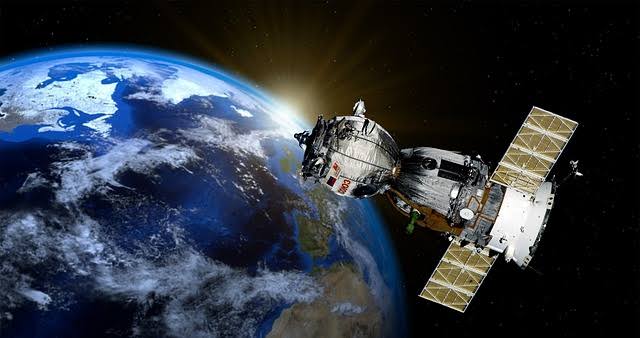ISRO prepares for zero debris in space

As seen from National Aeronautics and Space Administration (NASA) reports earlier launches by USA and Russia created a lot of Space debris.
This got compounded by the 2007 destruction of China’s Fengyun-1C satellite, Anti-satellite tests by the US in 2008 and a 2009 U.S.-Russian satellite collision, added nearly 70 per cent more debris.
In 2021, a Russian anti-satellite missile test created 1,500 new fragments, some of which have since decayed. Though the Indian anti satellite test carried out in 2019 caused minimum debris ( it was planned that way ).Space debris includes everything from inactive satellites to errant fragments of broken equipment.
Today, 18,897 pieces of trackable space junk orbit Earth, according to Jonathan McDowell, a Harvard astronomer.
Recently, a Chinese rocket collided with debris, adding significantly to the junk cloud.
As the number of satellites and debris in low Earth orbit increases—currently estimated at over 40,500 pieces larger than 10 cm—ISRO’s initiatives are crucial for ensuring safe operations in space.
The agency’s commitment to developing these technologies reflects a proactive approach to managing space traffic and reducing collision risks.
Now ISRO is set to advance its capabilities in space debris management and satellite servicing through innovative technologies, particularly focusing on the use of robotic arms to capture satellites in orbit.
This initiative is part of a broader strategy aimed at achieving a “zero debris” goal by 2030.Objective is to test low-impact cooperative docking technology, which will facilitate communication between satellites.
After docking, a propulsive device will be attached to deorbit satellites safely, reducing space debris.
This mission will employ a tethered capture method using a robotic arm. The arm will grab a moving satellite, demonstrating on-orbit servicing capabilities.
The mission aims to extend the operational life of satellites, perform repairs, and relocate or deorbit defunct satellites.
The development of these technologies presents several challenges: Accurately capturing small debris pieces is difficult due to their high speeds and unpredictable orbits. Deploying and controlling the tether requires precise engineering to avoid instability, such as snags or vibrations.
Effectively deorbiting captured debris poses significant challenges, especially given the variety of objects in orbit.Tethered space debris capture is a proposed method for removing space debris using a long, strong tether (rope-like) attached to a satellite.
The tether is deployed to capture a piece of debris, and then the combined mass of the satellite and debris is de-orbited, causing both to burn up in the Earth’s atmosphere.
In one aspect of its mission, the ISRO Servicer Mission will operate on the PS4 Orbital Platform and perform several on-orbit operations while tethered to it.
Recently, ISRO has published two patents related to spacecraft capturing mechanisms for on-orbit satellite servicing, he added.
India aims to achieve space missions with ‘zero debris’ by 2030 with its Debris Free Space Missions (DFSM) initiative. Starting in 2025, all Indian space missions, whether governmental or private, will adopt a “zero debris” approach.
Earlier this year, ISRO successfully re-entered a spent rocket from the XPoSat mission, which fell in the Pacific Ocean. ISRO also lowered the orbit of PSLV-37’s spent upper stage, ensuring it re-entered Earth’s atmosphere on October 6.
No wonder the Indian space agency is now exploring mid-orbit debris capture technology, advancing India’s sustainable space exploration.




